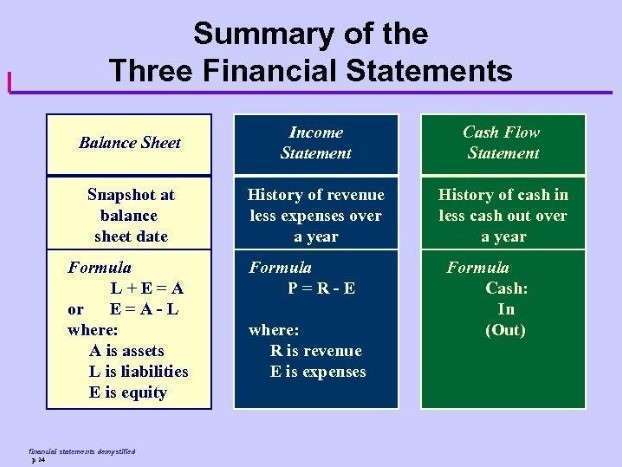Currently Empty: ₹0.00

The next step is to nail down your law firm’s budget and related goals to help keep your team financially afloat. For example, you may invest in professional development opportunities if your goal is to expand your team’s skill sets. Many lawyers are required to set up Interest on Lawyer Trust (IOLTA) accounts depending on the state they operate in. Interest earned on IOLTA accounts is sent directly to local Bar Associations to support charitable legal services. After the billable expense is set up, expenses can be assigned to clients and listed on invoices to get reimbursed. The difference between the billable expenses and the income will show how much your client’s law practice has in outstanding reimbursable expenses.

Financial Management Strategies for Contemporary Law Firms
To streamline the process of creating and managing your Chart of Accounts, we recommend considering PageLightPrime, our specialized legal accounting software. It’s the ideal solution to help you navigate the intricacies of legal financial management, saving you time and reducing the risk of errors. Accounting for law firms is the process of recording and managing a firm’s financial activities. For example, this includes tracking income, expenses, overseeing trust accounts, and monitoring client billing.
Chart of Accounts for Lawyers
Also, certain complex transactions, such virtual accountant as those involving client trust funds or partner distributions, require an understanding of both legal and accounting principles. Misclassification of transactions can lead to inaccurate financial reports and potential regulatory issues. For instance, if an expense is incorrectly classified as revenue, it could overstate the firm’s profitability and lead to incorrect tax filings. When set up, hard costs incurred by your law firm (such as filing fees) will automatically push back into Clio. While general accounting solutions can help any business streamline its processes, they aren’t built to accommodate the unique accounting needs of law firms (such as trust accounting). This makes it challenging to use a general accounting solution law firm chart of accounts for a law firm.
Step 11: Streamline Bookkeeping and Recordkeeping
Creating an accurate, detailed legal chart of accounts is an important tool to give you an accurate picture of where your firm’s financials stand. Once set up, this information can https://www.bookstime.com/articles/law-firm-chart-of-accounts give the visibility you need to ensure your firm stays compliant with accounting and trust accounting rules. Moreover, you can use the information from your law firm’s chart of accounts to help determine key financial details about your firm—which is necessary for making data-driven decisions. Compliance with accounting standards, whether GAAP or IFRS, ensures transparency and consistency.
It simplifies billing and invoicing, enhances financial analysis, and optimizes efficiency. With CaseFox’s integration, your law firm can drive profitability and streamline operations. Simplify your financial processes by integrating the chart of accounts with CaseFox for efficient financial management.
- Offering tiered billing structures, such as fixed fees, hourly rates, or contingency fees, caters to client preferences and enhances competitiveness.
- Managing client retainers requires maintaining detailed records of all transactions, including deposits, withdrawals, and interest earned.
- And the transaction records feed into the firm’s balance sheet and income statement.
- By doing this, your client’s records will clearly show what those funds are for in the IOLTA account.
- If your chart of accounts is not set up correctly, your transactions will not balance and the records for each account could be inaccurate.
- Eligibility for tax obligations and deductions varies based on the state(s) your firm operates in.
Creating and managing a law firm chart of accounts doesn’t need to be a completely manual endeavor. Technology can make accounting processes—including setting up your law firm chart of accounts—easier, more efficient, and more accurate for law firms. To further streamline your accounting processes, use a legal-specific accounting solution.
Financial Reporting for Law Practices
It ensures that financial reports are not only accurate but also offer meaningful insights into managing the firm’s finances. A chart of accounts in a law firm consists of key components like assets, liabilities, revenue, and expenses. Each category contains specific accounts representing different financial transactions. For example, assets include cash, accounts receivable, and property, while liabilities encompass loans, accounts payable, and accrued expenses. Revenue accounts represent income sources, like legal fees, and expense accounts cover costs such as office rent and salaries. These components establish a structured framework for managing financial data, aiding law firms in managing resources and making informed decisions.

Below is a breakdown of what each category means and how to implement each into your firm’s accounting chart. Learn more about the benefits of adopting evergreen retainers at your law firm. If you have a line of credit that hasn’t been drawn upon, it should be counted as an asset (you could consider it cash on hand). Once withdrawn, the line of credit would no longer be counted as an asset—it would become a liability (as it is then money owed). Lastly, you should also understand how business taxes work, what you’re responsible for, what are retained earnings and potential deductions your firm can benefit from. Eligibility for tax obligations and deductions varies based on the state(s) your firm operates in.
Account
Detailed information is crucial to reaching your law firm’s financial goals and maintaining client transparency. It’s essential to train your staff on how to use the chart of accounts and accounting software. This training should include how to record financial transactions, reconcile accounts, and generate reports. MyCase provides trust account reports so you can reconcile your firm’s trust retainer accounts — and remain compliant with state law.


